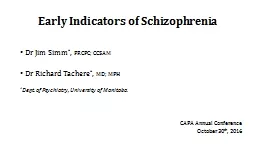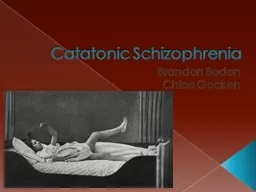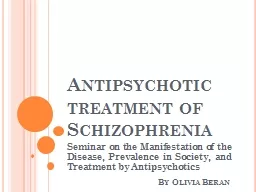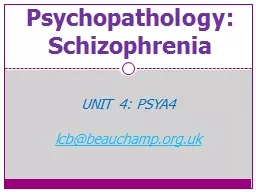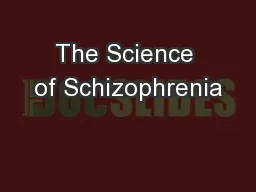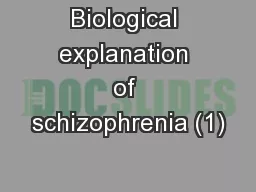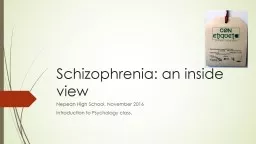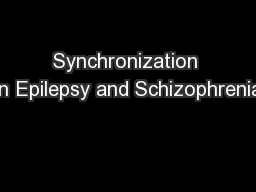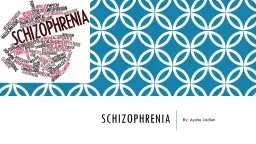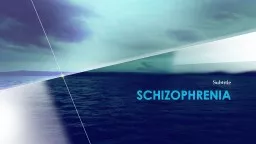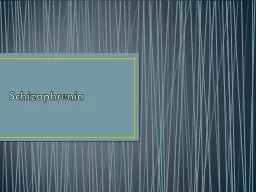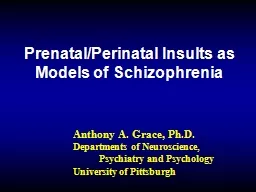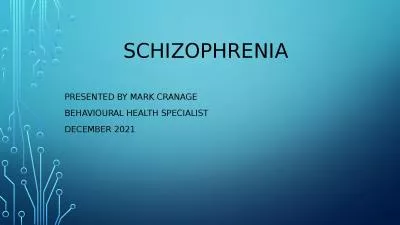PPT-Early Indicators of Schizophrenia
Author : jalin | Published Date : 2022-06-11
Dr Jim Simm FRCPC CCSAM Dr Richard Tachere MD MPH Dept of Psychiatry University of Manitoba CAPA Annual Conference October 30 th 2016 Disclosure Dr Simm
Presentation Embed Code
Download Presentation
Download Presentation The PPT/PDF document "Early Indicators of Schizophrenia" is the property of its rightful owner. Permission is granted to download and print the materials on this website for personal, non-commercial use only, and to display it on your personal computer provided you do not modify the materials and that you retain all copyright notices contained in the materials. By downloading content from our website, you accept the terms of this agreement.
Early Indicators of Schizophrenia: Transcript
Download Rules Of Document
"Early Indicators of Schizophrenia"The content belongs to its owner. You may download and print it for personal use, without modification, and keep all copyright notices. By downloading, you agree to these terms.
Related Documents

